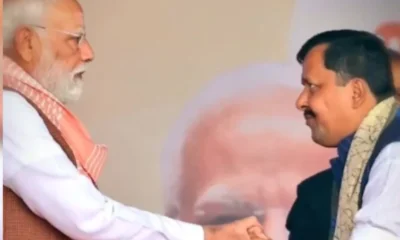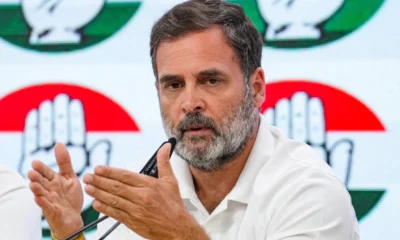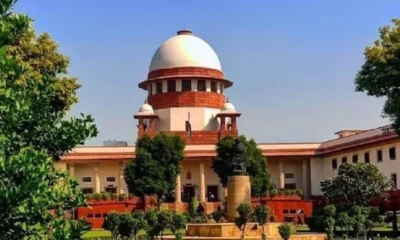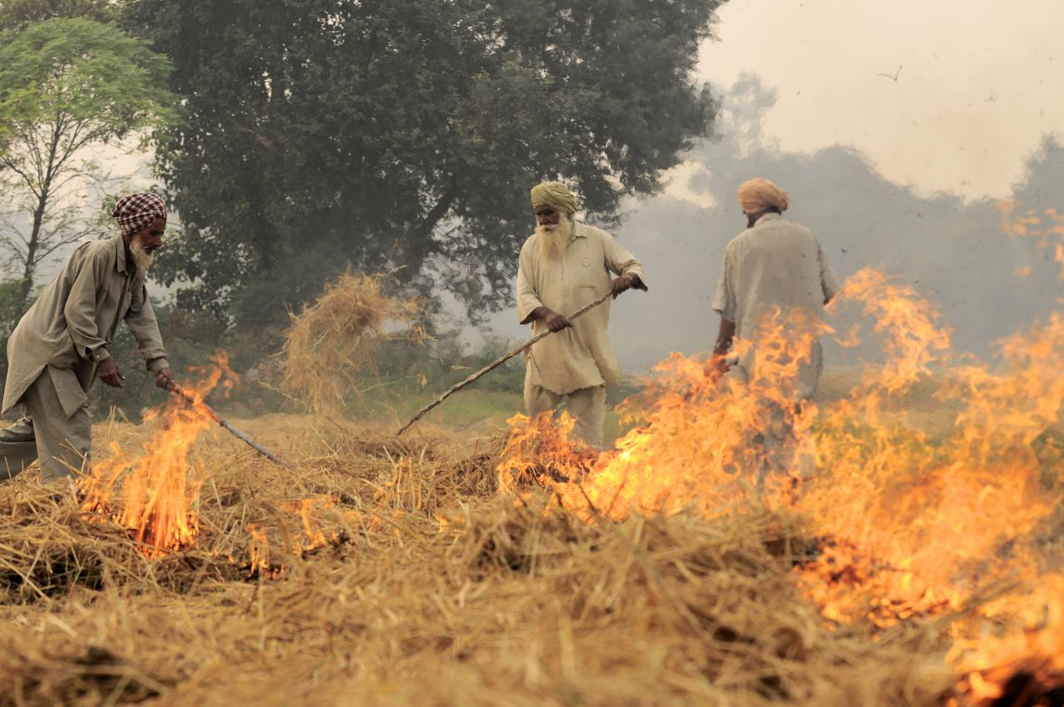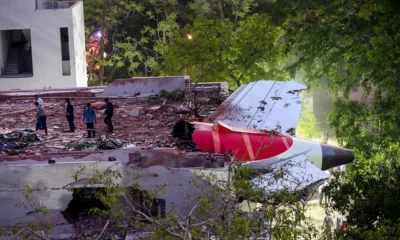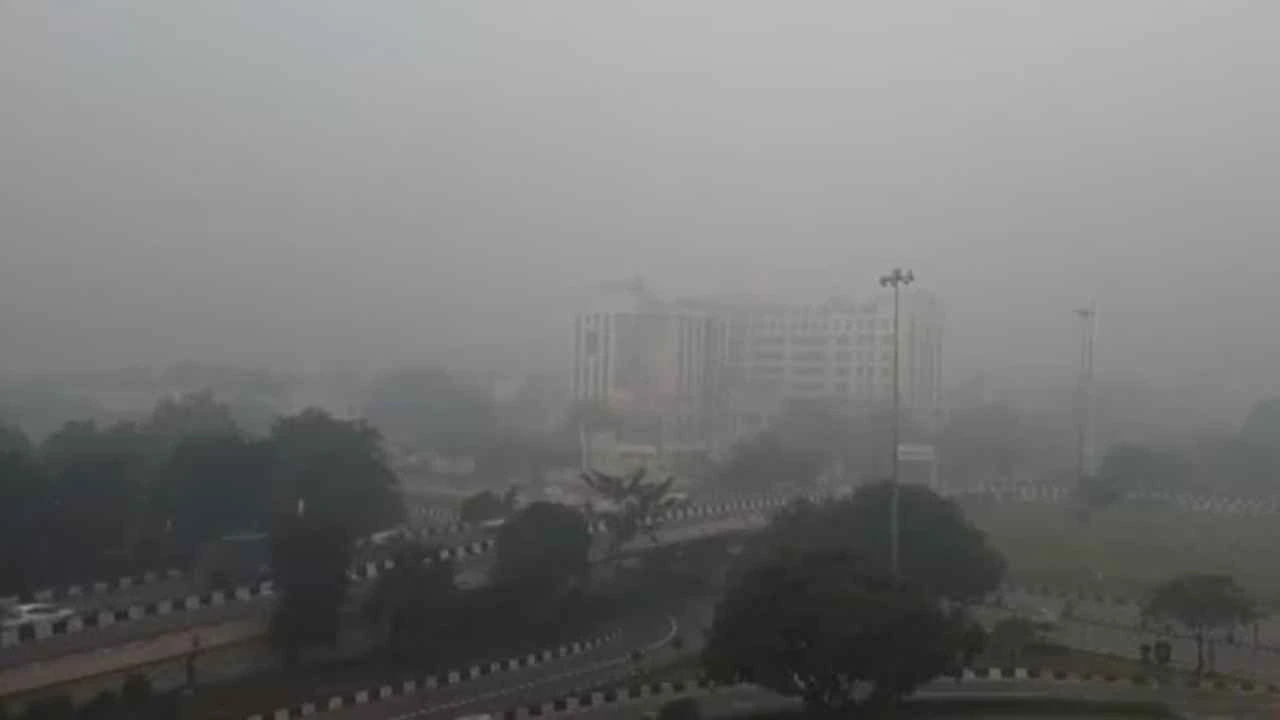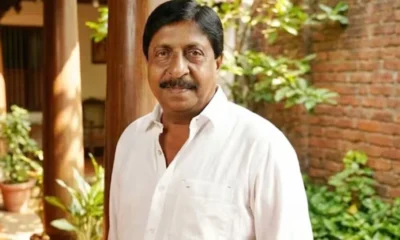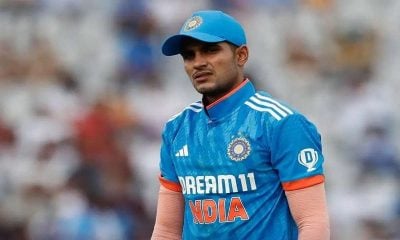SC admits CBI’s appeal against discharge of Pinarayi Vijayan and others in the case by Kerala HC, stays trial till further orders
In a move that could have serious political ramifications in Kerala, the Supreme Court on Thursday (January 11) admitted an appeal by the CBI challenging the discharge of chief minister Pinarayi Vijayan and two others in the SNC Lavalin corruption case by the Kerala High Court.
The apex court, which is hearing an appeal filed by other accused in the case who had not been discharged by the Kerala High Court, stayed the trial till further orders and issued notices to Vijayan, K. Mohanachandran and A Francis. Mohanachandran and Francis were senior officials in the Kerala government’s department of power in the 1990s when the alleged SNC Lavalin scam took place while Vijayan was the state’s energy minister.
Vijayan and the two others had been discharged in the case by the Kerala High Court in August last year. The CBI had appealed to the apex court against their discharge from all criminal and corruption charges and argued that the case needed to be re-heard.
On Thursday, a Bench of Justices NV Ramana and S Abdul Nazeer issued notice on the CBI appeal to Vijayan – now the Kerala chief minister – and the two former bureaucrats of the Kerala power department. However, the apex court dismissed the discharge petitions moved by KG Rajasekharan Nair, then Member (Accounts) of the Kerala State Electricity Board (KSEB) and Kasthuriranga Iyer, who was Chief Engineer (Generation) in the Board.
Nair and Iyer had submitted before the apex court that they should have been treated at par with Vijayan and the other two accused who had been discharged in the case. The Bench has now asked the CBI to counter the submissions made by Nair and Iyer.
Additional Solicitor General Tushar Mehta told the Bench: “I have a problem with the release of some accused alone” while asserting that the Kerala High Court had overstepped its jurisdiction under Article 227 of the Constitution and that the SNC Lavalin case needed to be re-heard. The CBI also told the apex court that there was “ample material to show the involvement” of Vijayan in the SNC Lavalin deal involving the award of contracts for the renovation of the three hydel power projects in Kerala in the 1990s.
The CBI said that the Kerala High Court had accused the premier investigation agency of adopting a “pick and choose” policy in naming the accused in the case but had employed the same tool while discharging Vijayan and some others from the case and leaving the rest of the charge-sheeted persons to face trial.
“All decisions [in the Lavalin deal) were taken with the knowledge of all the accused persons named in the charge sheet… discharge of the accused may lead to miscarriage of justice and delay the trial,” the CBI petition has contended.
“It is a matter of fact that there was ample material to prima facie show conspiracy in the matter, which may have been appreciated at the stage of trial only,” it said.
Appearing for the appellants in the case, senior advocate Mukul Rohatgi urged the Bench to grant status quo on the trial proceedings stating that appeals made against earlier orders in the case by the Kerala High Court were pending before the Supreme Court.
“We have not been discharged. Continuation of trial will be detrimental to us now,” Rohatgi said on behalf of his client.
All accused, except the three discharged – including Kerala chief minister Pinarayi Vijayan – are facing trial for causing a loss of Rs 86.25 crore in the KSEB’s contracts with Canadian company SNC Lavalin for the renovation and modernisation of Pallivasai, Sengulam and Panniar hydroelectric power projects in Idukki district of Kerala.
The work was awarded to Lavalin, which was a consultancy firm, allegedly without inviting any tenders for the works that were estimated to cost Rs 243.74 crore. By the time work was completed, the costs had escalated to Rs 374.5 crore. Besides, the KSEB had failed to execute a binding agreement from Lavalin for a grant of Rs 98.3 crore for the construction of the Malabar Cancer Centre. A criminal case was registered on February 12, 2007 and the CBI filed its charge sheet on June 12, 2009.
For several years since the alleged scam broke, it was the cause of much political discomfiture for Vijayan. Political observers in Kerala claim that his alleged role in the SNC Lavalin scam is what had stalled his elevation to the Kerala chief minister’s post in May 2006 when the Left Front won the state assembly polls. The post eventually went to Vijayan’s senior and bitter rival VS Achuthanandan despite the latter’s advancing age.
In the run up to the May 2016 Kerala Assembly polls, the then incumbent Congress-led coalition government under Oomen Chandy, which was also facing charges of corruption, had sought to rake up Vijayan’s alleged involvement in the Lavalin scam hoping to dent the Left Front’s imminent romp to power in the state.
Less than a year after Vijayan became chief minister, the Kerala High Court discharged him in the Lavalin case giving him the much needed political and moral high ground to challenge the alleged corruption of his predecessor’s government and also hit out at Prime Minister Narendra Modi’s BJP government at the Centre.
Over the past two years, Vijayan has been one of the most strident critics of the BJP among the Opposition leaders from across the country and has systematically succeeded in ensuring that the saffron party’s plans of making political inroads in Kerala do not succeed. His stature within the Left Front, more specifically the CPI (M), has also seen a meteoric rise and he has consolidated his position as the undisputed leader of the Kerala faction of the party, along with Prakash Karat. It was Vijayan’s ‘veto’ that dashed the party’s Bengal faction’s effort of securing a third Rajya Sabha term for Sitaram Yechury last year.
However, with the possibility of the SC now re-examining his discharge in the SNC Lavalin case and ordering that he stand trial for the over-two decade old alleged scam, tough political times lie ahead for Vijayan.


